Our Story
The Originator of the Lightning Ridge Collection…
John Ford was born in Galveston, Texas in 1964; he is a graduate of Texas A&M University with a degree in International Trade and Finance, and subsequently earned a certificate in Diamonds from the Gemological Institute of America.
A fifth-generation Galvestonian, John loves Galveston and made it the corporate headquarters and location of the showroom for the Lightning Ridge Collection while maintaining manufacturing operations in Houston and Los Angeles.
The Lightning Ridge Collection by John Ford is a multiple Spectrum Award winning company, gemstone importer, and manufacturer of fine black opal jewelry. The unique award winning Australian opal jewelry line is featured in magazines throughout the world.
In 1988, a friend introduced John to Lightning Ridge opal it was a life changing moment. As he began importing and wholesaling Australian opal culminating in 2013, when John decided to exclusively work with Lightning Ridge opal and started the Lightning Ridge Collection by John Ford.
Today the Lightning Ridge Collection by John Ford is owned and operated by Christopher J Ford, John’s youngest son. Christopher like John is a graduate of Texas A&M University and has been involved in the jewelry industry ever since childhood. Christopher has made many trips to Lightning Ridge buying opals and has revolutionized the manufacturing process for the company.
The Lightning Ridge Collection is available at select jewelry stores throughout the United States.
Opal Adventures in Australia…

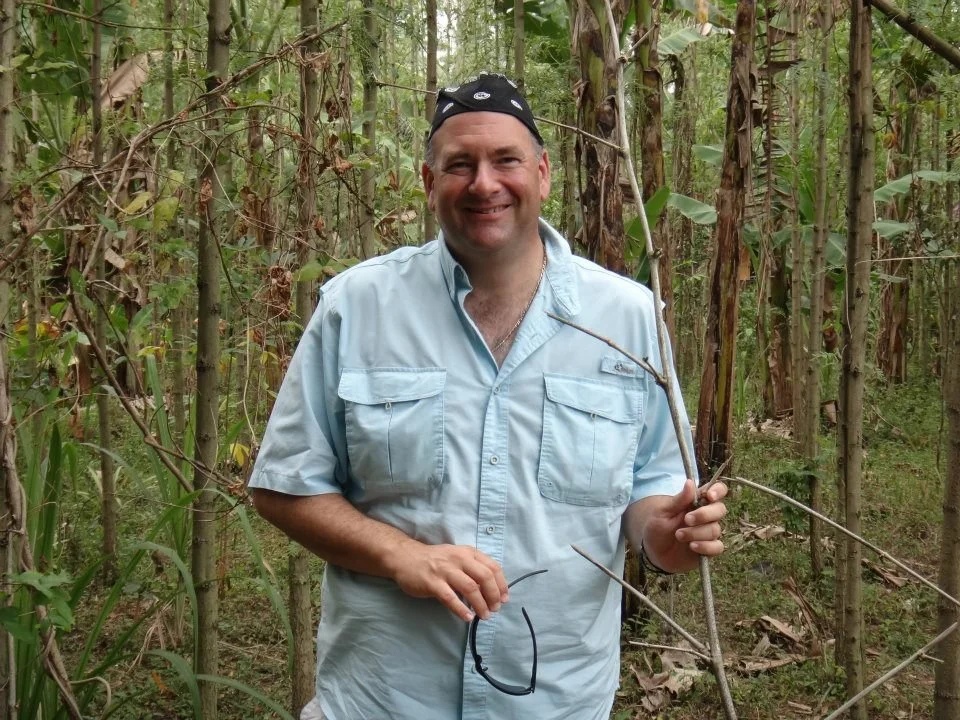


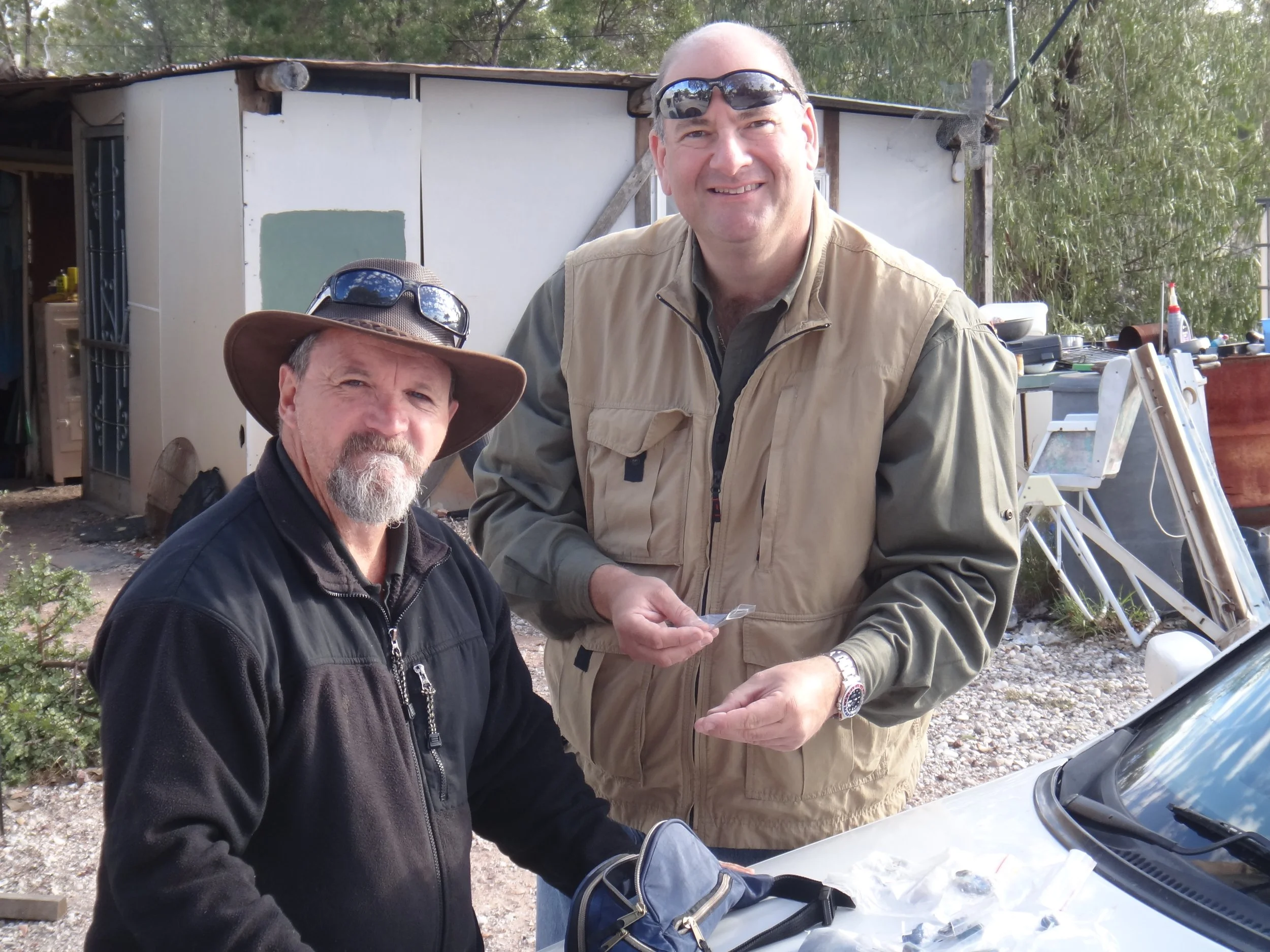

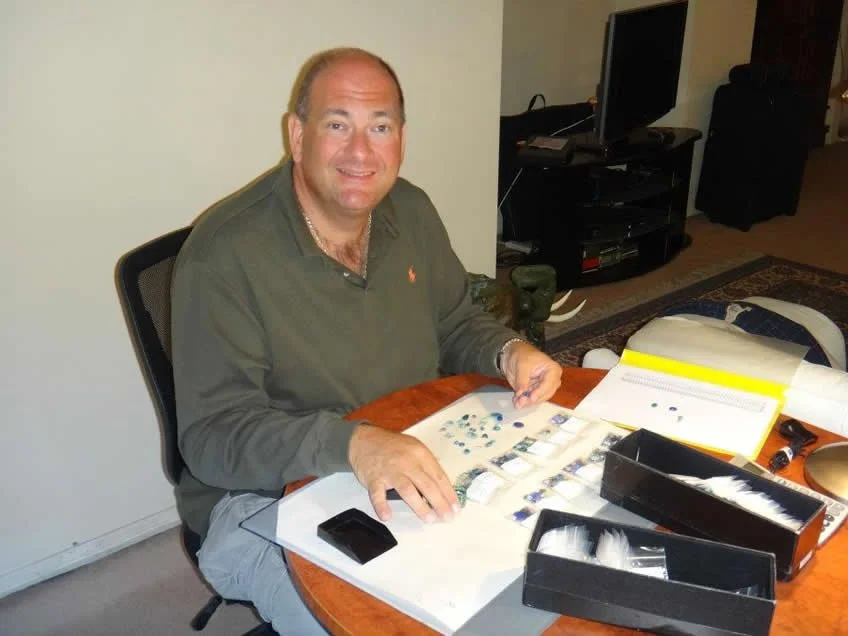
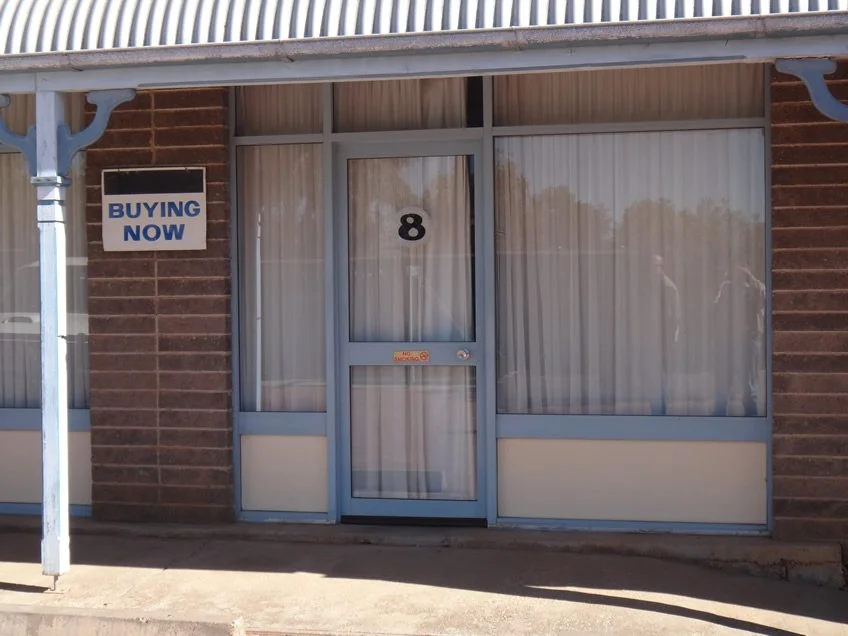

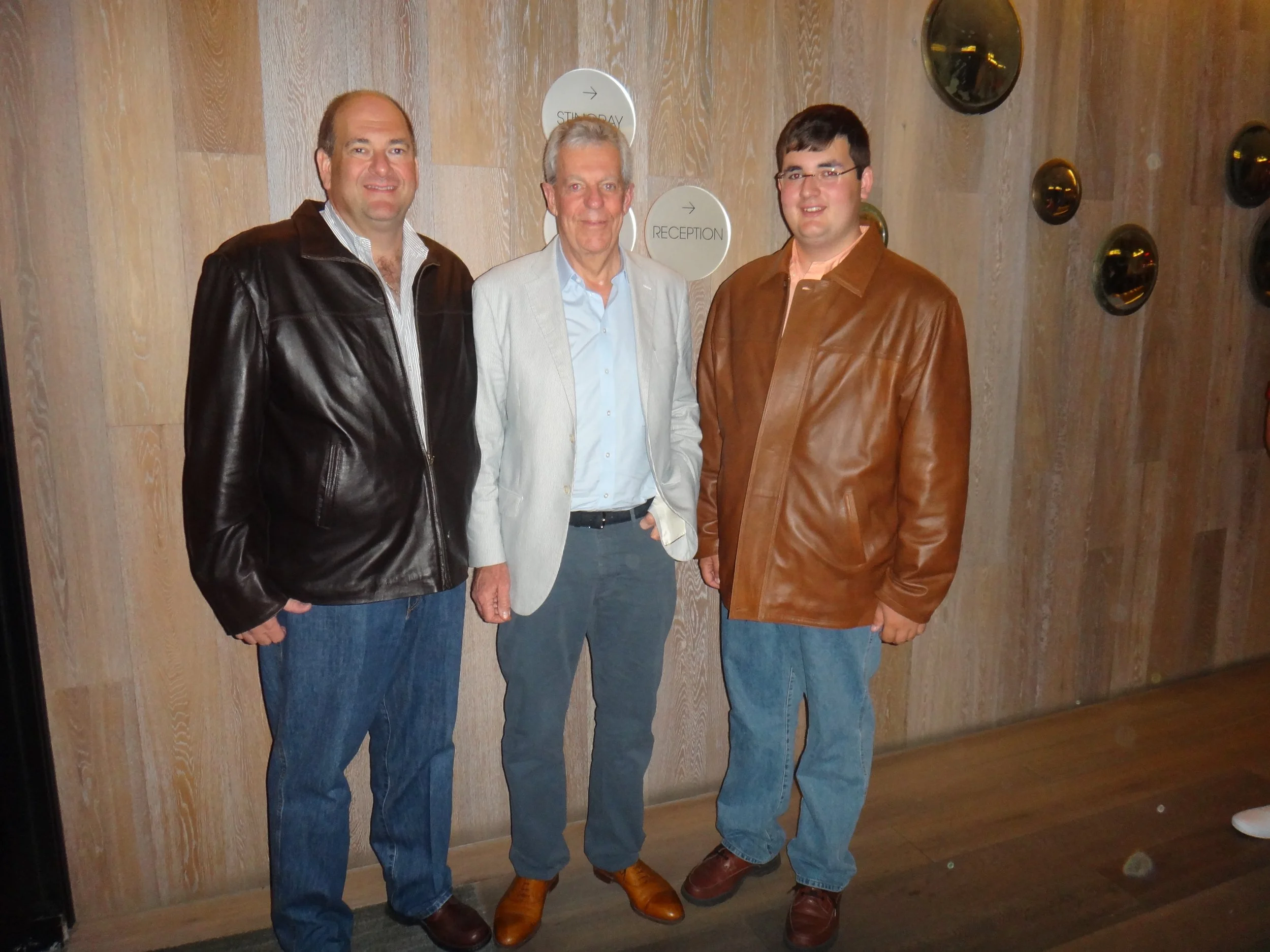
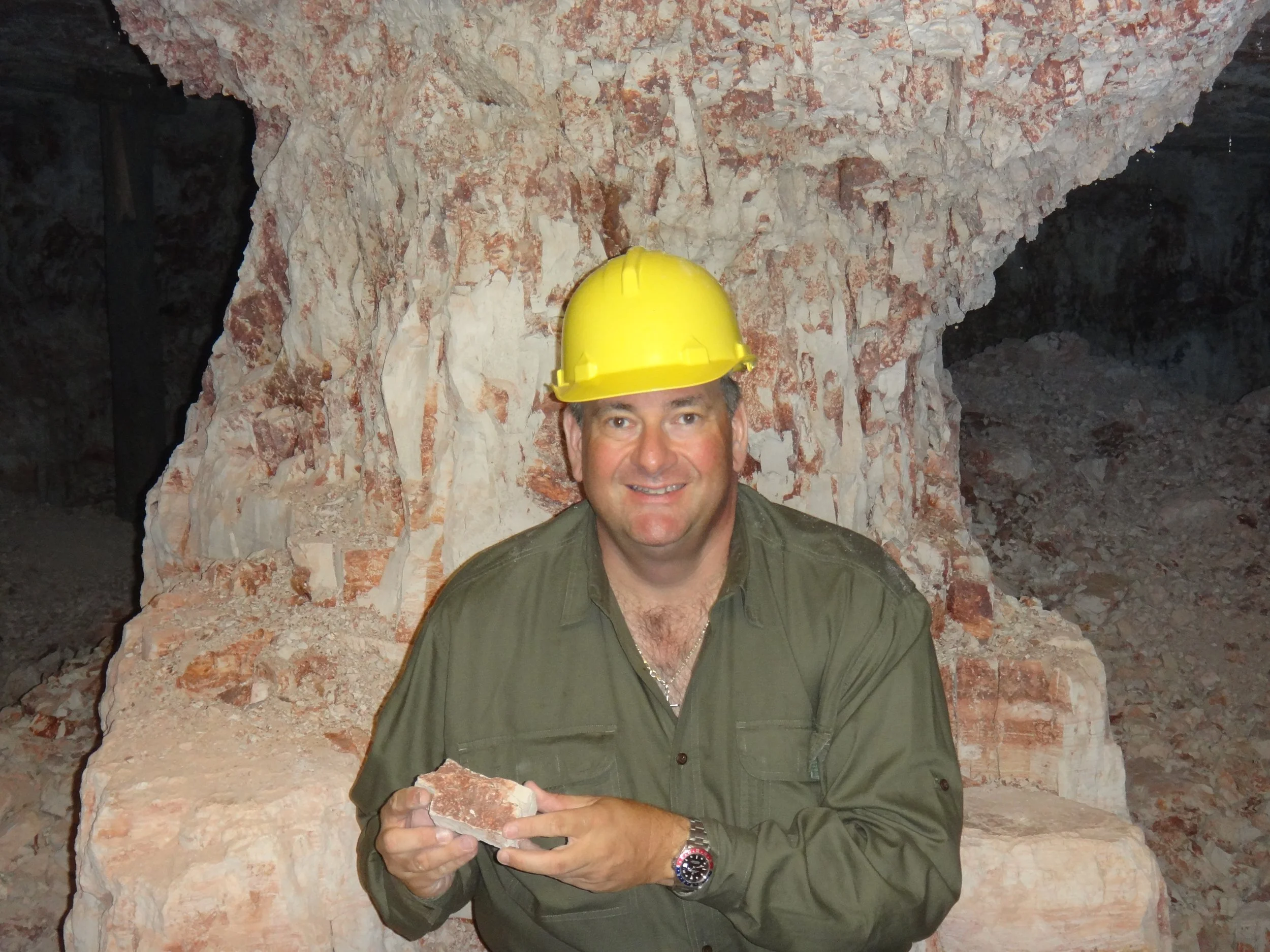



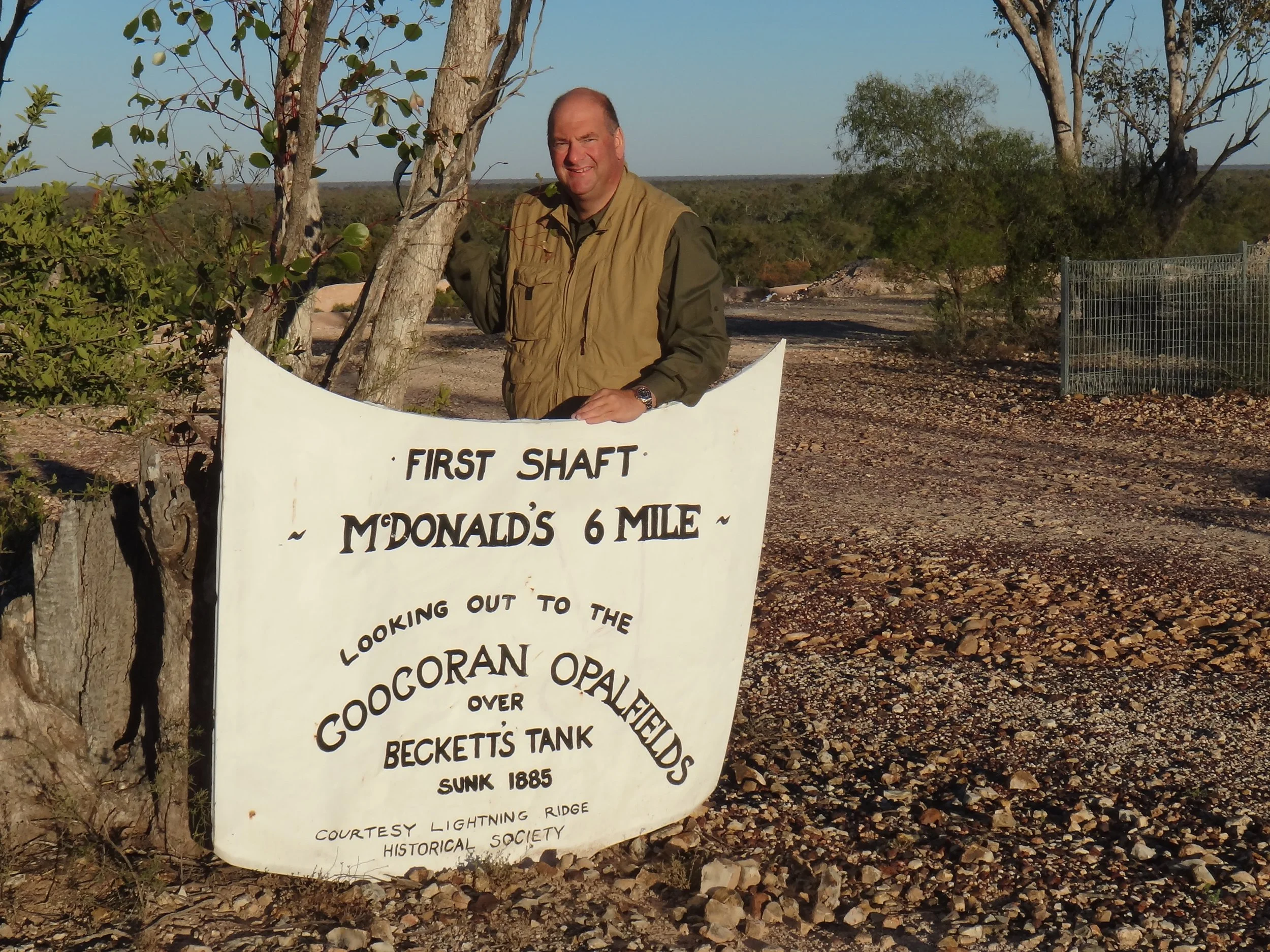





Lightning Ridge: The World Capital of Fine Black Opal
Opal was discovered in Lightning Ridge in the late 1880s, but its value was not recognized until Charlie Nettleton sank the first shaft in 1903 and sold the first parcel of black opal later that year. The town dramatically expanded with the influx of miners from White Cliff, another world-famous opal mining area in Australia. By 1909–1910, when the local population rose to around 1,000, mining operations had expanded to about 10 km west of the town. The moderate production of opal was quite stable between 1910 and 1920. After 1920 the mining fields were very quiet, with little production recorded
The reactivation of opal production happened in 1958 with increasing demand and the introduction of machinery mining. The increasing price of black opal not only further expanded underground mining but also made large-scale open-pit mining possible around 1970. The heyday of black opal came in the 1980s and 1990s, when the Japanese fell in love with the gem. As the demand from Japan started to fall, the Chinese gradually learned more and more about opal, and China has the potential to become a major opal consumer.
In addition to the mines within 10 km of Lightning Ridge, opal is mined in the town’s outlying fields. Opal is recovered from the claystone, siltstone, or clayish sandstone layers and lenses of Early Cretaceous age. Locally opal tends to form close to the boundary between the Wallangulla Sandstone and Finch Claystone units. The depth of the deposit is usually less than 30 meters.
Lightning Ridge is the only place in New South Wales where opalized fossils have been unearthed. From gigantic dinosaur bones to microscopic tissues, opalization transformed these organic objects into precious gems. These opal fossils are not only valuable but also ideal for biological research. Many are perfect 3-D replicas of the once-living organisms. The transparency of the fossils allows scientists to see through them without breaking them. This is a big advantage for study compared to non-opalized fossils.
What Makes Lightning Ridge Opals Unique?
Lightning Ridge, located in New South Wales, Australia, is world-famous for producing the rare and highly prized black opal.
Known for its vibrant play of color and unmatched brilliance, black opal from Lightning Ridge is considered the pinnacle of all opal varieties.
The region’s unique geological conditions give rise to opals with deep body tones and vivid, rainbow-like flashes—qualities that make them truly one-of-a-kind.
Lightning Ridge opals are not only beautiful but also rare, making them a favorite among collectors, gem enthusiasts, and luxury jewelers worldwide.
With a rich history rooted in Australian mining culture, Lightning Ridge remains the undisputed global capital of black opal.



